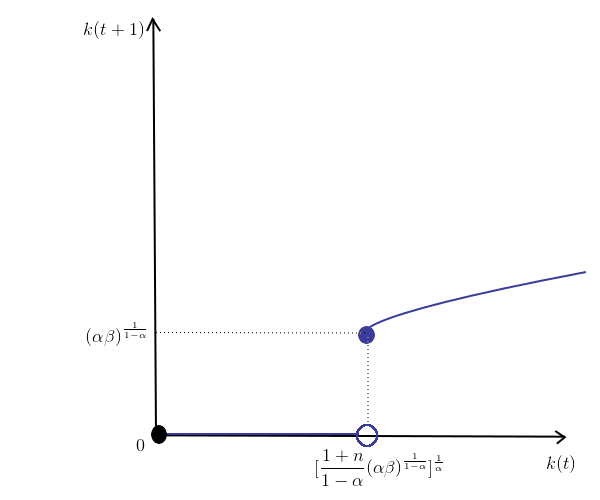Numbering equations in align environment In align environment, all equations are numbered by default, use \nonumber to make equation on the same line not numbered. Example: Code: \documentclass{article} \usepackage{amsmath} \begin{document} \begin{align} \frac{w^* +\delta V_u^1}{r + \delta} &= V_u^{0} \nonumber \\ w^* &= r V_u^1 - \frac{b(r + \delta)}{1 + r} \end{align} \end{document} Result: In align* environment, all equations are not numbered by default, how about we want to make one equation numbered? Is there any analog of \nonumber? From Ian Thompson at https://tex.stackexchange.com/questions/42726/align-but-show-one-equation-number-at-the-end , we can add the following command before the document begins: \newcommand\numberthis{\addtocounter{equation}{1}\tag{\theequation}} % From Ian Thompson at https://tex.stackexchange.com/questions/42726/align-but-show-one-equation-number-at-the-end Then, we can use \numberthis to make equation on the same line numbered in ...

